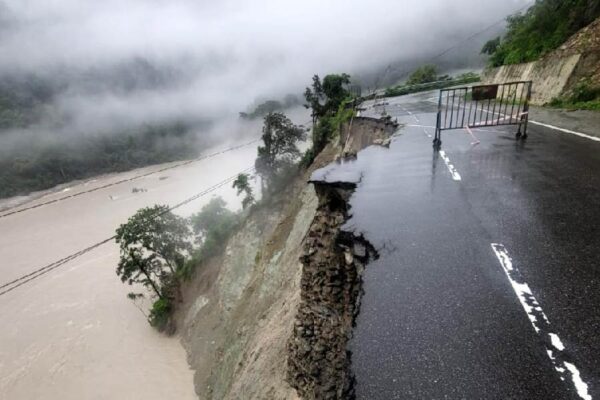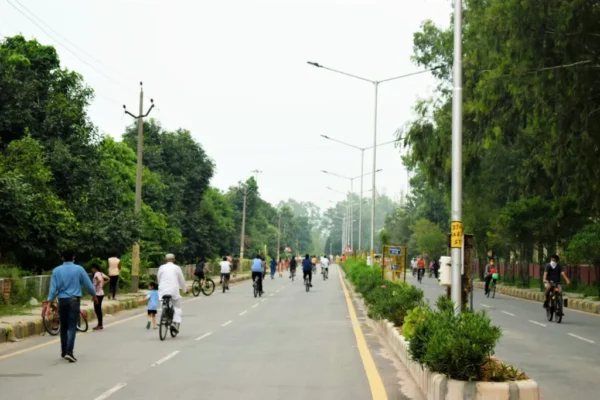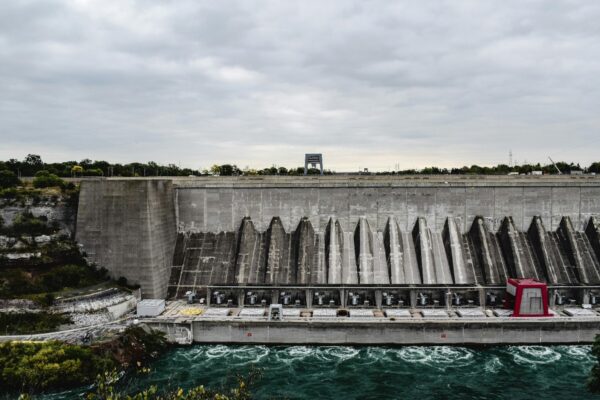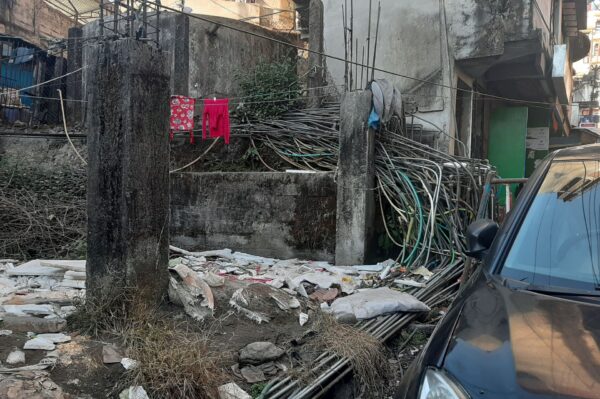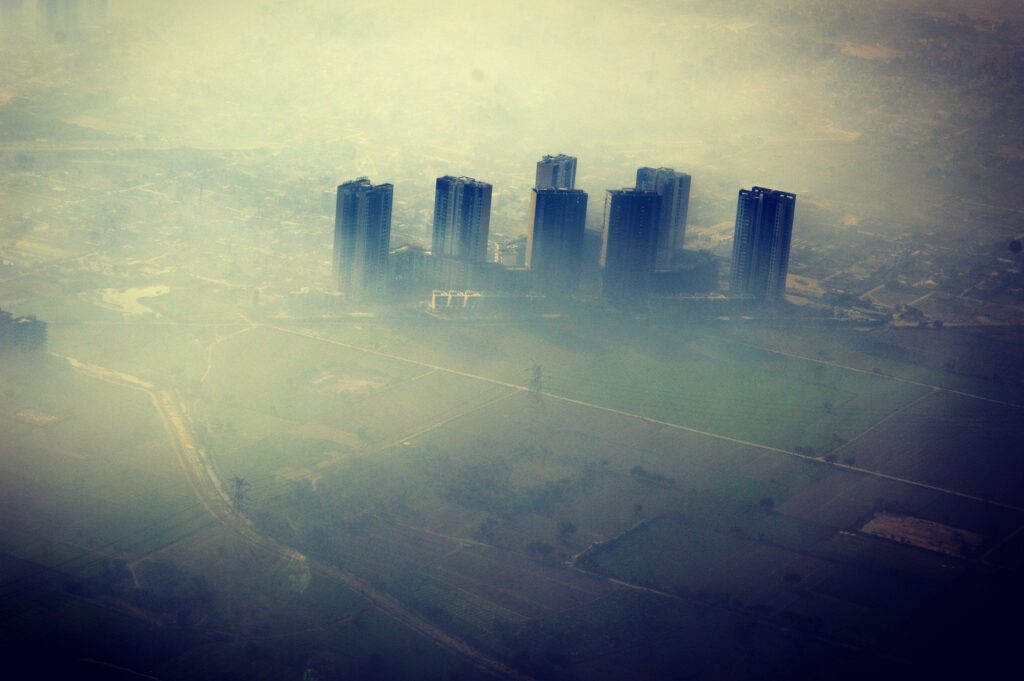Resilience in the Face of Nature’s Fury in the Hills of Kalimpong and Sikkim
Climate change is exerting significant pressure on the hills of Kalimpong and Sikkim, causing residents to struggle to adapt to shifting weather patterns and unprecedented disasters, particularly during the monsoon season. The situation in the hills of Kalimpong and Sikkim has become even more difficult ever since the Glacial Lake Outburst Flood (GLOF) in 2023.
Resilience in the Face of Nature’s Fury in the Hills of Kalimpong and Sikkim Read More »

